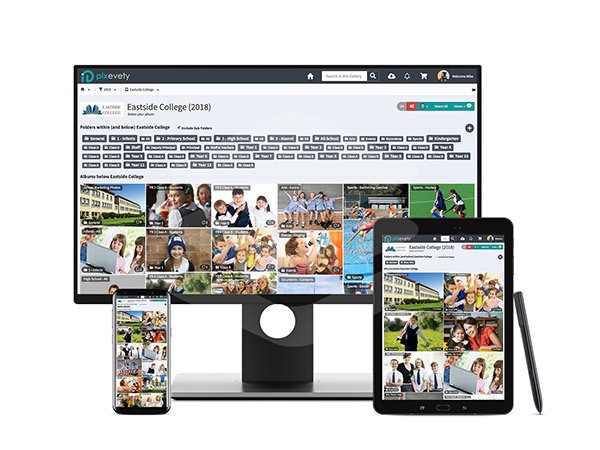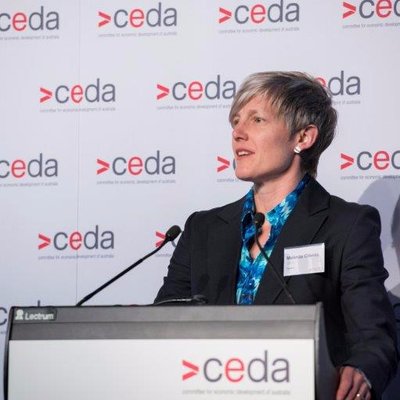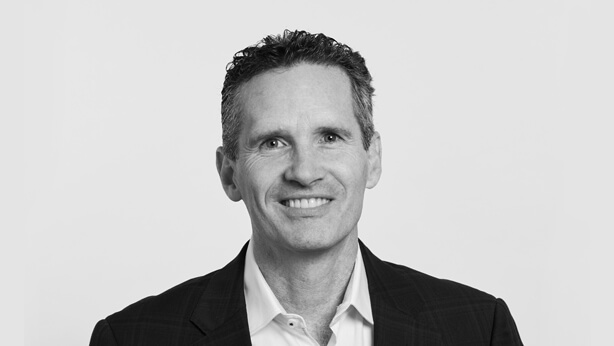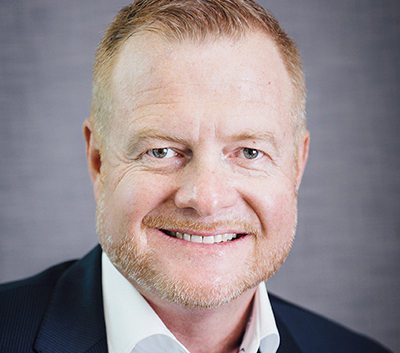Leaders should deep dive into their own business data sets
By Leon Gettler >>
EUGENE Dubossarsky, head of the Analytics Academy and the chief data scientist at AlphaZetta believes the big challenge for companies was knowing how to manage their data.
He said data was very important for some businesses – and critical for some that don’t even realise it. Data should be used to help companies make the best possible decisions, Mr Dubossarsky said.
The greatest challenge for business owners and executives is data literacy. 
“I don’t think I need to convince anyone that anyone adding any economic value as a professional today is massively computer literate,” Mr Dubossarsky told Talking Business. “They would have been considered a total computer nerd 30 years ago.
“This is everyone from the age of eight onwards and everyone from an entry level graduate to a CEO in a large organisation.
“Something that hasn’t happened yet, but is in the way of coming, is the advent of data literacy where, in order to be economically useful and economically productive as a professional, people are going to need to know how to turn data into decisions, how to infer insights from data, how to be curious with data, how to self-served with data, in ways they currently aren’t now.”
DATA LITERACY ADDS VITAL VALUE
Mr Dubossarsky said a lot of productivity and value is being held back by the lack of data literacy on the part of most professionals, including most leaders today.
He said the way leaders can develop data literacy is to engage with data for the purposes of making decisions. Data analytics, he said, helps them make good decisions.
Mr Dubossarsky said managers needed to look at data in an interactive and curious way, identify opportunities and threats and turn those into business actions.
He is critical of companies resorting to hiring data scientists and avoiding doing the work themselves.
“Is hiring a bunch of very competent people in a particular field the right first step when you don’t know how to tell if they’re good or not, when you don’t know how to assess their work, when you don’t know what to do with their work?” Mr Dubossarsky asked.
“The sort of people who couldn’t tell a good data scientist from a bad one without a certificate, are they the sort of people who would know what to do with a good data scientist if they had one?”
HOLD OFF ON DATA SCIENTISTS
Mr Dubossarsky said hiring data scientists should not be the first step. What executives should do, instead, is engage with the data themselves and learn – then bring in expertise on an ad hoc basis.
“People who want to get into data analytics in a serious way need to spend a lot of time exploring and very honestly saying ‘I don’t even know where to start’ and very honestly accepting the fact that they will hit a lot of dead ends,” Mr Dubossarsky said.
“People need to be able to engage directly with this task of making better decisions and learning and growing towards it.”
He said one of the best historical examples of this was Winston Churchill.
“My favourite data enabled manager was Winston Churchill in World War Two,” he said. “One of the first things he did in his underground bunker office was to put another office right next to his, where his statistical unit was.
“Their job was to provide him with graphs of fighter plane production, ship production, ships sunk, troops lost, all the things he needed to run the war, because the stakes were high.
“He knew he had to make good decisions and good decision support was one of the first things he required.
“That bit of analytics, done with paper and pencil and stuck on walls, was way more effective than a lot of stuff being done with cloud technology these days.”
Hear the complete interview and catch up with other topical business news on Leon Gettler’s Talking Business podcast, released every Friday at www.acast.com/talkingbusiness.
ends

 How to resolve AdBlock issue?
How to resolve AdBlock issue? 






